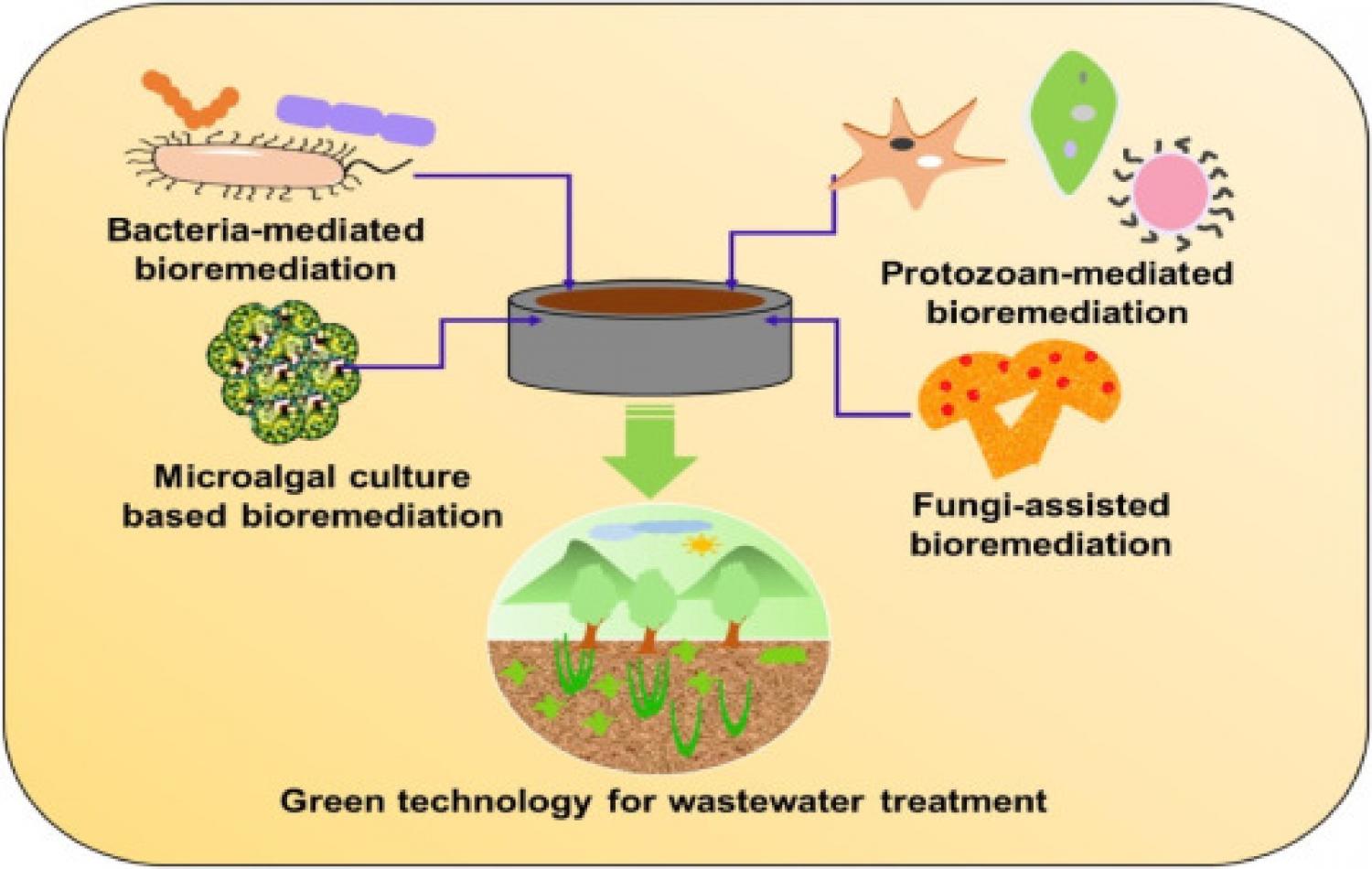
Elsevier, Current Research in Green and Sustainable Chemistry, Volume 5, January 2022
Overuse of water has led to the degradation and scarcity of limited water resources, which prompted the modern world to adopt sustainable measures to save water by increasing its reuse and recycling. The use of microbial-based green technology to treat wastewater has appeared to outweigh conventional wastewater treatment (WWT) technologies because this emerging technology overcomes many of the shortcomings of conventional treatment systems. The main objective of this review is to illustrate different types of microorganisms used in various bioreactor configurations for the treatment of polluted water. This review also emphasizes the benefits and applications of using microbes, which play a dual role in treating the wastewater as well as serving as a source of value-added products such as biofuels and biofertilizers. Furthermore, it provides a critical account of the recent integrated green technology approaches such as consortia between microorganisms for the treatment of wastewater. It also critically illustrates the limitations related to green technology, which needs serious attention to facilitate its full-scale development. This review also provides the advantages of green technology and how it preponderates over disadvantages and contributes towards sustainability.
